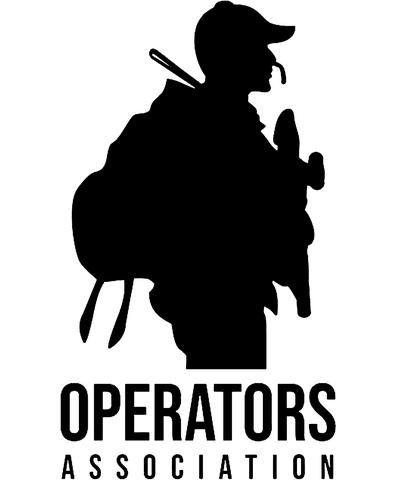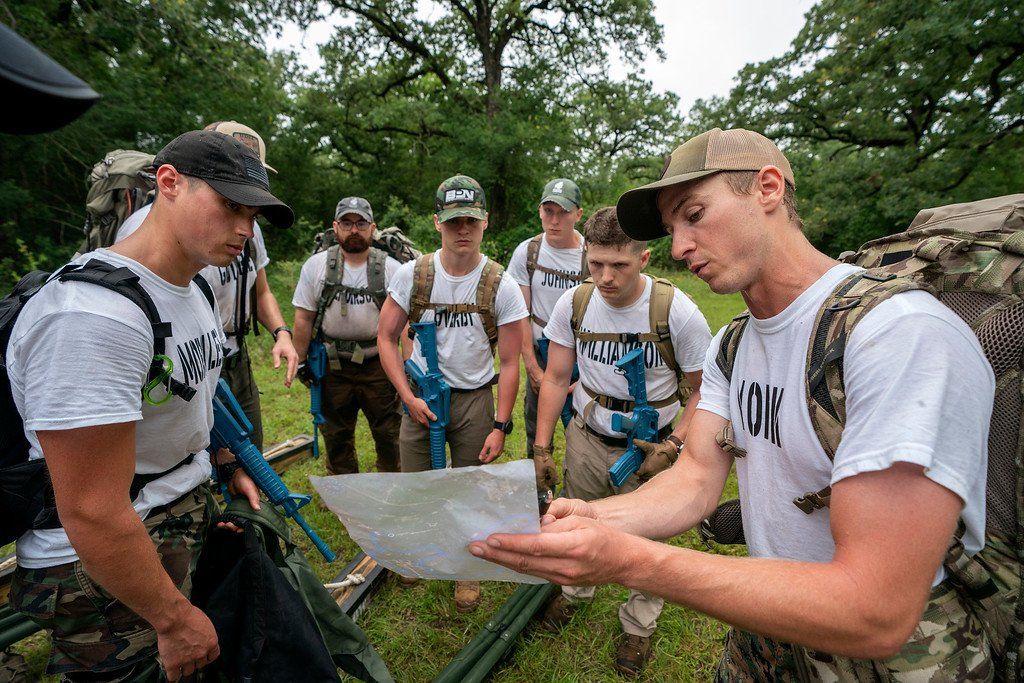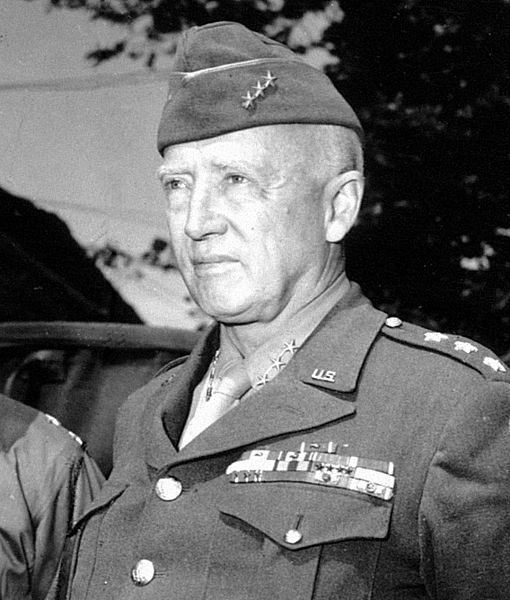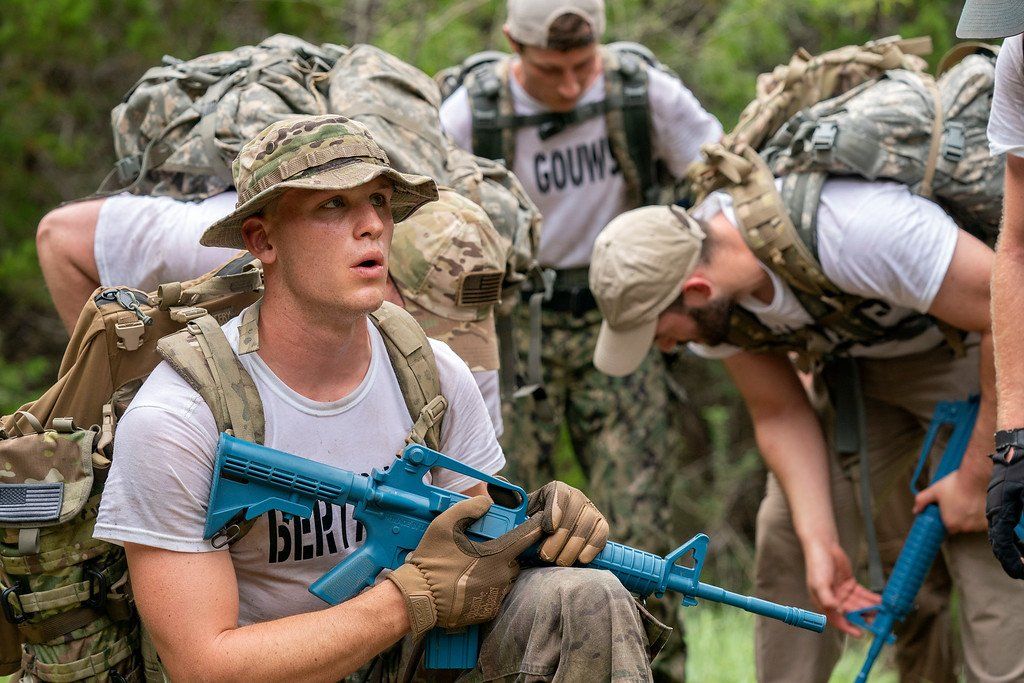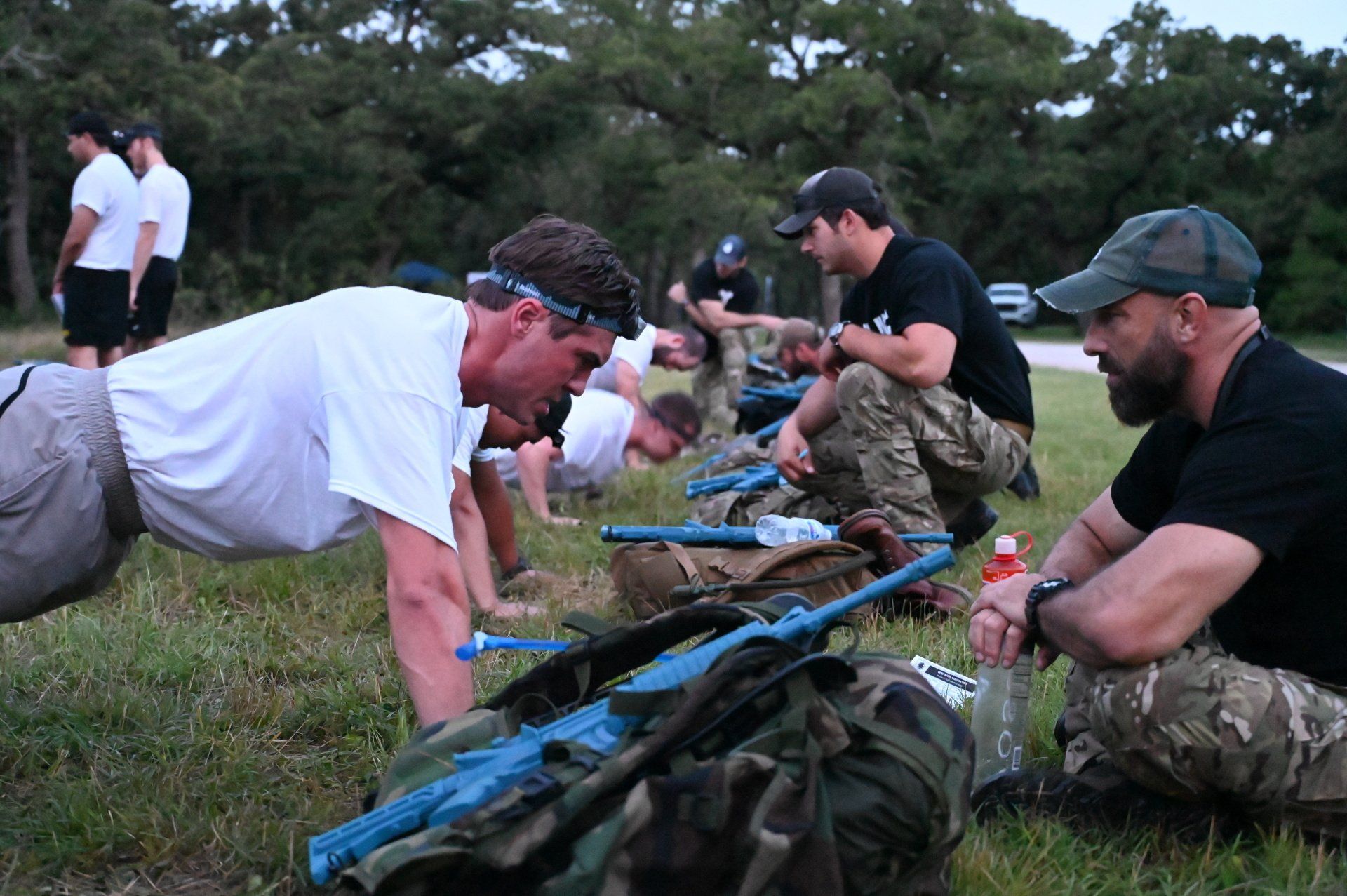How to Plan a Mission
Jul 28, 2021
Plan and execute a mission using these special forces leadership strategies.
Planning missions is one of the most crucial and challenging aspects of leadership. It merges the aspects of teamwork, organization, communication, and strategic thinking in order to execute and accomplish an objective. Both in the civilian and military world, failing to plan a mission effectively can carry severe repercussions that range from people losing their jobs to individuals losing their lives.
When you are a leader tasked with planning and executing a mission, the gravity of the situation can weigh you down and render you unable to lead. The best way to overcome this is to know the specific leadership strategies and tactics for planning and executing operations. In this OA guide, you will learn the five steps to effectively designing and carrying out a mission.
Identify the Problem
The first step to successfully planning a mission is identifying the problem that needs to be solved. Depending on the size and complexity of the operation, this can be anything from a quick look around to an involved process where you consult multiple people. By identifying the problem that needs to be solved, you can zero in on your final objective.
When you can draw a clear path between your current, problematic circumstance and your future ideal situation, you have the clarity that you need to begin planning a mission. If you don’t understand the problem that you are facing, there’s no way for you to plan and prepare to execute the task of solving it.
Analyze the Situation
Once you have identified the problem that you are facing, you need to collect as much intel as possible and analyze the situation. Depending on the nature of the scenario you are facing, this can include establishing triage and accounting for casualties in an emergency, gathering data on your terrain in a military operation, or assessing competitors in a corporate setting.
While scenarios may vary, gathering as much credible and authoritative information as possible about the situation will help you make strategic and informed decisions
when planning any mission. A comprehensive situational analysis will also let you discover any hidden threats or obstacles you might face while executing your operation.
Develop Courses of Action
With your problem identified and the situation analyzed, it’s time to start putting pen to paper. Assemble your team and explain the scenario, predicament, and objective. Although your team may already be aware of what is going on, briefing your team ensures that everyone is on the same page and is caught up on all necessary information (learn how to communicate effectively by reading this OA guide).
One of the gravest errors that new leaders often make is thinking that they alone must come up with a plan. Contrary to popular belief, a leader’s job
is to inspire their team and facilitate success – not to bark orders. In the eyes of a confident leader, who made the plan doesn’t matter – accomplishing the mission is the only priority. Bringing your subordinates into the decision-making process might sometimes seem counterproductive, but it can give you unique insights and perspectives that you may not have otherwise considered.
Encourage your team to create multiple courses of action that accomplish the same objective. In the next step, you will be testing and analyzing these courses of action to find the best one.
Course of Action Analysis
Now that you have a set of possible courses of action, you need to analyze each one. The depth of analysis usually depends on the complexity and urgency of the scenario. It can be as simple as discussing each plan or as involved as running live-fire simulations.
Although its complexity can vary, course of action analysis is one of the most critical parts of planning a mission. As you begin to analyze your plans, you will start noticing pitfalls or discrepancies that would have otherwise been missed. The deeper your analysis, the more potential problems you can avert.
Select and Execute the Best Course of Action
Once you have analyzed your possible courses of action, it’s time to pick the best, most efficient one (or a combination of plans that you discovered during your analysis). When you select a plan to execute, it is your responsibility as a leader
to ensure that all of your teammates understand the operation and believe in its purpose. Every member of your group must comprehend the plan well enough to brief every other team member. If even one person doesn’t understand the course of action, the mission is jeopardized.
When the time comes to execute the mission, your team must perform it with maximum aggression and commitment – this is not the time to question the plan. By the point you select a course of action and begin executing it, there should be no more questions or concerns about its efficacy. Completing the plan and accomplishing its objective is the only thing that matters in this phase of mission planning. If any member of your team hesitates or neglects their responsibilities, the entire plan could unravel. As a leader, you must ensure that all of your teammates comprehend and believe in the course of action you selected.
If you’re looking for more ways to develop your leadership skills, become an OA Aspiring Operator today. You will unlock instant access to hundreds of exclusive special forces podcasts, a private weekly accountability group, and a community of over 900 motivated, disciplined future operators who will keep you accountable for your progress. Visit our membership packages page to get started today!
